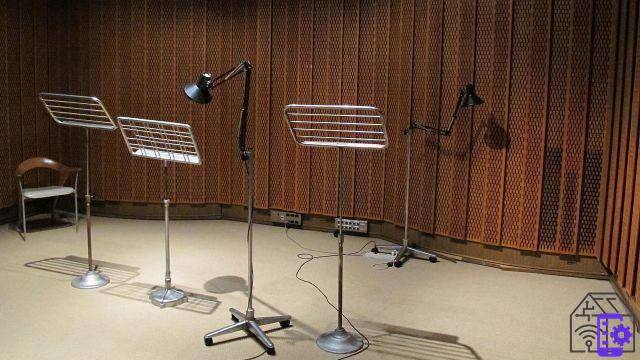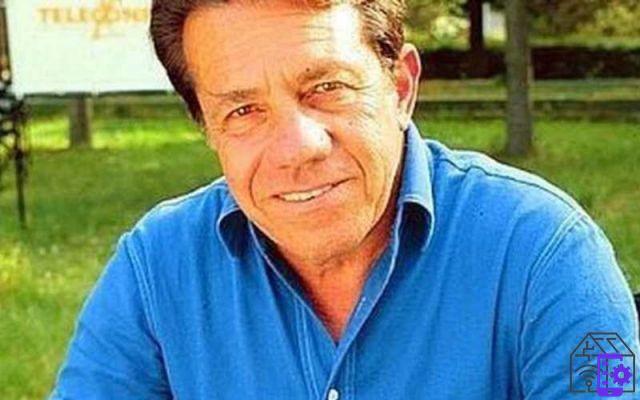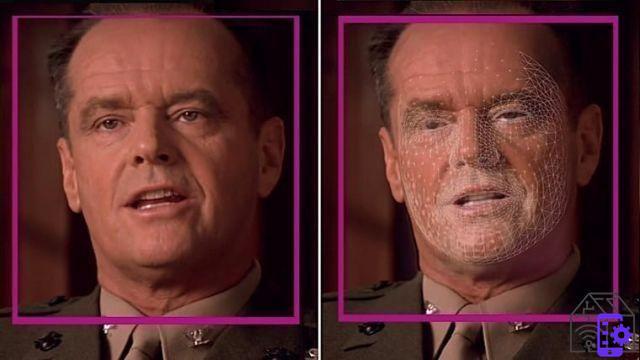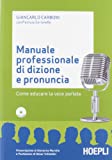
Let us not complain, dear readers of, if we Italians are among the Europeans most in difficulty when it comes to speaking in English.
The "fault" is also ours extraordinary school of voice actors, which prevents or limits a practice that is widespread elsewhere in the world. That is, to enjoy films and television programs in their original language, making use at most of the subtitles in their own language.
Option, for us, so mistreated as to make few - we bet - aware of the fact that practically all television sets on the market have among the options that of allowing the use of programs in the original language, with or without subtitles.
But let's not digress further. First let's briefly define what dubbing is, then let's find out how it has changed over the decades, especially in Italy.
What is dubbing
Dubbing is, in cinematography, the recording of speech performed after the shooting. Valuable technique if the film is shot on location and in unfavorable conditions for recording the voice, or if the actor has an imperfect diction. Above all, dubbing is essential to obtain a speech different from that of the original language.
The technique then spread to export cartoons, commercials and other content to various countries.

How dubbing is born
To find out how dubbing was born, and how it has changed, we must start from 1927, the year in which sound cinema began. Indeed since 1929, the year in which it spreads around the world: in Italy, for example, the first film with sound is The jazz singer. But how could a foreign film be made understandable? In addition, in our country there was also a political problem: the fascist government forbade the diffusion of films in the original language.
Thus, in Italy as in the world, the original sound is maintained, but the dialogues were replaced by often kilometric captions.
However, there was a certain discontent among the spectators. There are two reasons: the captions almost doubled the duration of the films, moreover a large percentage of the population was illiterate.
Hollywood dubbing
But since the Italian market was important for the stars and stripes film industry, a somewhat clumsy solution was attempted as early as 1929. That is that of create alternative sound versions in Hollywood studios, using native actors who spoke Italian with a striking American inflection. In a certain sense, dubbing was born there, and the films arrived in Italy (and in other countries) ready and ready.
But how has the dubbing changed since those first attempts? And what happened in Italy?
The Italian dubbing school is born
In our country everything happens in 1932. Meanwhile, a royal decree-law requires that foreign films dubbed outside the Kingdom of Italy could not be shown in our cinemas.
As a consequence of this restriction, the first Italian dubbing plant was born in 1932 in Rome. In the same year, the first film, A me la liberty! by René Clair. A curiosity: Gino Cervi also appears among the voice actors.
Italian dubbing is affirmed
In the XNUMXs, several dubbing agencies were born in Rome. And not only: some typical technical characteristics are outlined that will make the Italian dubbing school famous throughout the world. We work on the ductility and expressiveness of the voices of the dubbers, on diction and on tones. In addition to the ability to adapt to the various original timbres.
The list of actors who over the decades have "given voice", as they say, to the great actors of world cinema would be very long. Great actors of Italian cinema and theater are called, as well as professionals who specialize exclusively in dubbing.

An example of a voice actor: Ferruccio Amendola
You will allow us, dear readers, a little partisanship.
Among the many possible examples of great Italian voice actors we like to remember Ferruccio Amendola, the father of the equally well-known Claudio.
His velvety voice, and with impeccable diction, was superimposed on some of the greatest American actors of the twentieth century, such as Robert De Niro, Al Pacino and Dustin Hoffman.
Discount
 Professional handbook of diction and pronunciation. With CD-ROM
Professional handbook of diction and pronunciation. With CD-ROM
- Carboni, Giancarlo (Author)
The future of dubbing: deepfake
Rather than asking ourselves how dubbing has changed, a technique that has little evolved over time, we must ask ourselves how dubbing will change.
We have now reached excellence in expressiveness and diction, but how to solve the problem of the lack of synchronous between the voice of the dubbing actor and the lips of the actor who plays?
Here is where the deepfake might take care of it. That is - in short - the technique that through artificial intelligence modifies the features of the face. The deepfake was born with satirical intent, but is also used for much less innocent purposes, as to create disinformation, for revenge porn, for cyberbullying or hacking.
Who knows that in the near future the deepfake will not be able to make the dubbed films even more realistic. In the meantime, we continue to amuse ourselves with the persuasive voice of Ferruccio Amendola.




















![[Review] Samsung Powerbot VR7000: the robot vacuum cleaner from Star Wars](/images/posts/6bc44de38605b5c0fa12661febb1f8af-0.jpg)





